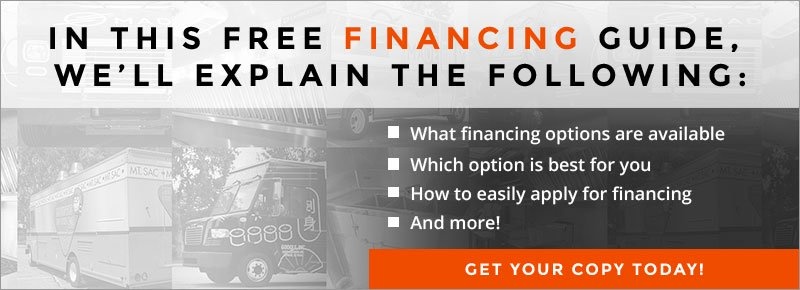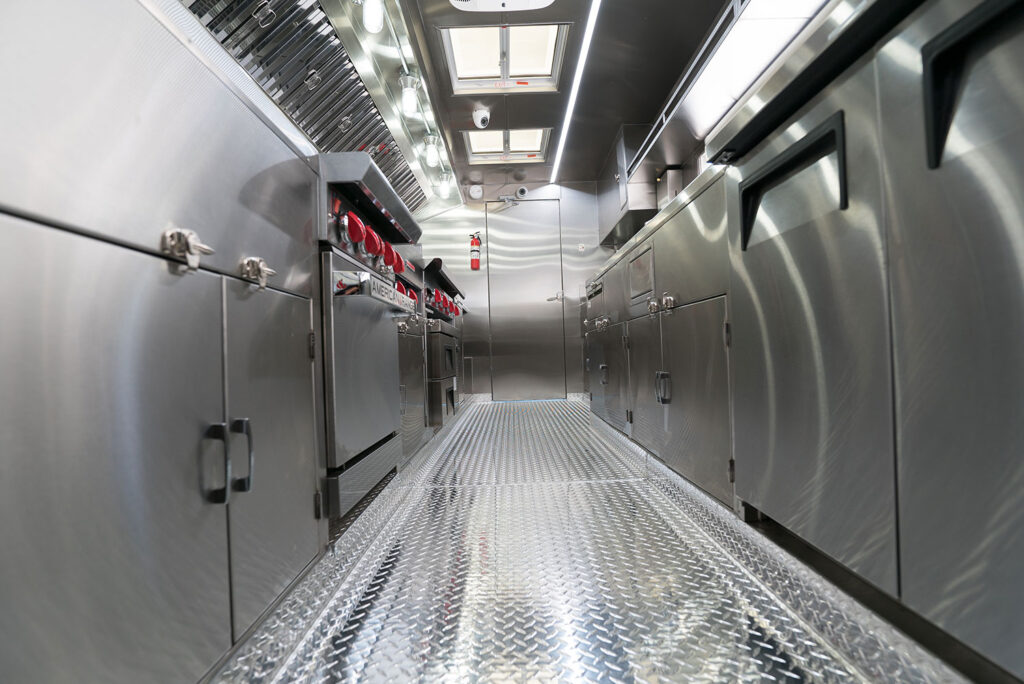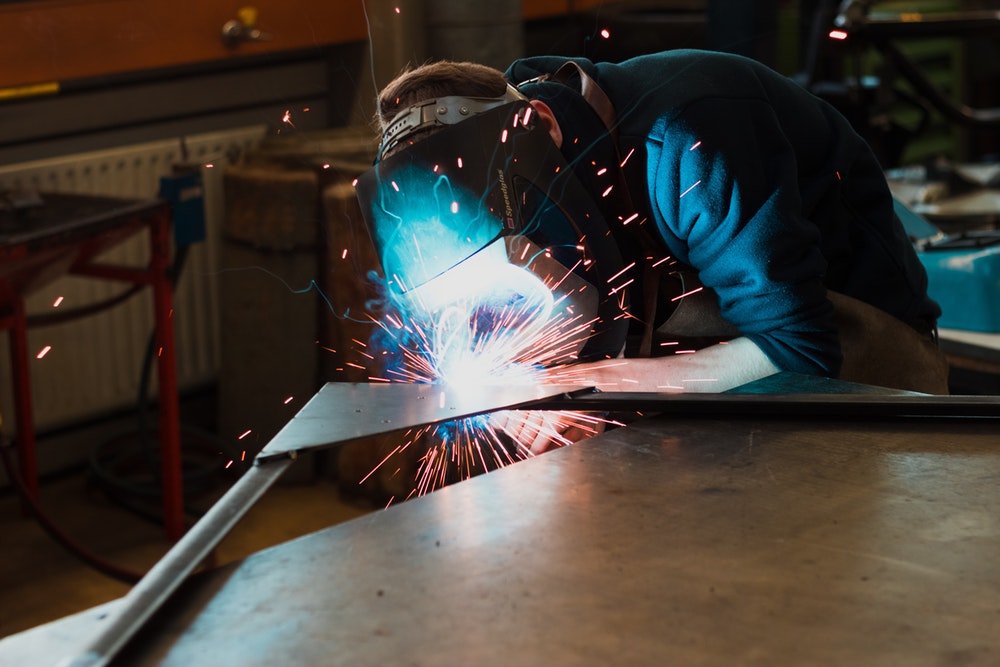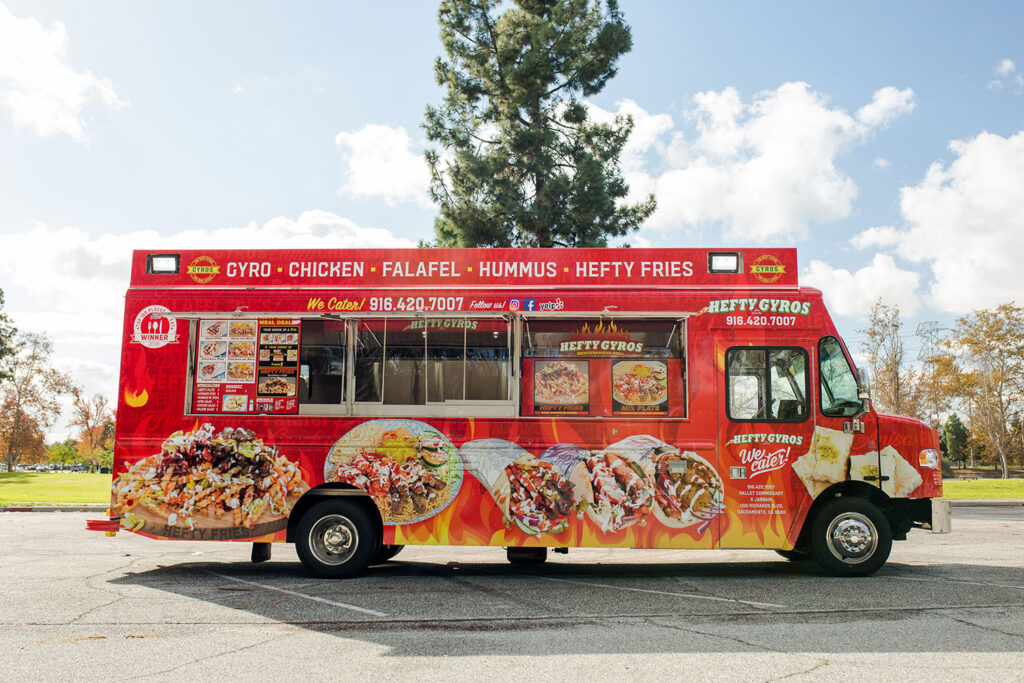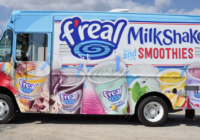Designing a food truck is a huge undertaking and a vital step that promotes business growth. After all, people eat with their eyes before they even taste your food and your food truck’s design will be the first thing they visually digest before they even look at your plating. The best custom food truck builders excel at design both in terms of vehicle construction and planning and laying out graphics. Your best bet is to work with experts who make educated food truck design decisions based on multiple factors that surround your business model and industry. But if you have your own team in place and want to take a stab at the task yourself, here are four steps to incorporate into your planning and execution.
Building a Custom Food Truck
When it comes to building a food truck you need to be cognizant of the deliverables you must meet to grow your business and then construct a mobile kitchen that will accommodate the necessary equipment and needed space. You certainly don’t want to underestimate the space and come up short, but you also don’t want to build too big and incur greater expenses, as a heavier vehicle uses up more gas. Some companies that build food trucks offer consultations, so even if you don’t wind up having the pros build it, you can at least hire them for a food truck consultation.
Choosing the Right Food Truck Equipment
One core part of any food truck design will be the equipment and where it is placed. Regardless of your business model, you will need a food prep area, a washing station, and storage areas for paper and dry goods. Built-in prep counters are ideal and should be made of food-safe materials like stainless steel (avoid wood). Any refrigerators, freezers, or coolers should be bolted to the floor and placed strategically so weight is evenly distributed preventing one side of the truck to weigh significantly more than the other. Ovens, grills, and fryers will need to be placed in an area where hoods and vents can go.
Design Your Service Window
Your service window should be at an ideal height easy for transferring food and payment between workers and customers. If you have the room a custom window that plays into the design can be a fun feature that attracts customers. For example, if you sell seafood, a fish-shaped service window would provide a memorable experience for your customers. They would likely know you as “that cool trick with the fish window”. Installing a counter under your window is also ideal for storing napkins, cutlery, and condiments in an easy-to-reach location for customers. Be sure to get one that folds out of the way for when it is time to pack up and drive on.
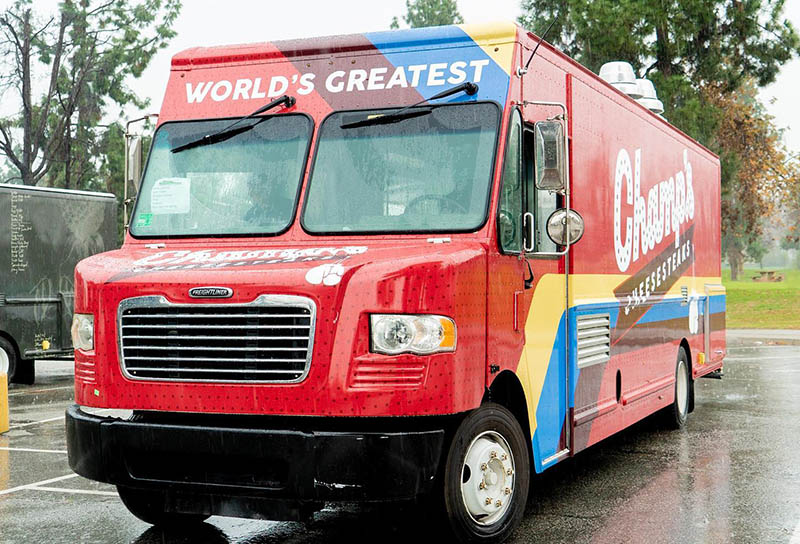 Graphics and Branding for Food Trucks
Graphics and Branding for Food Trucks
Your graphics and aesthetic design need to reflect your cuisine, your market, the communities you serve and stand out from your competition. If your truck services San Diego beach neighborhoods with surf & turf, consider a colorful design with local San Diego landmarks and a fun logo or graphic that represents your food, such as a cartoon steak surfing a wave while eating some shrimp with the San Diego skyline inland. Studies show that fun quirky food truck designs attract the most customers. As for executing the design, you can use paint or a vinyl wrap. Both have their advantages and disadvantages, but vinyl wrap for food trucks tends to look better and last longer.
